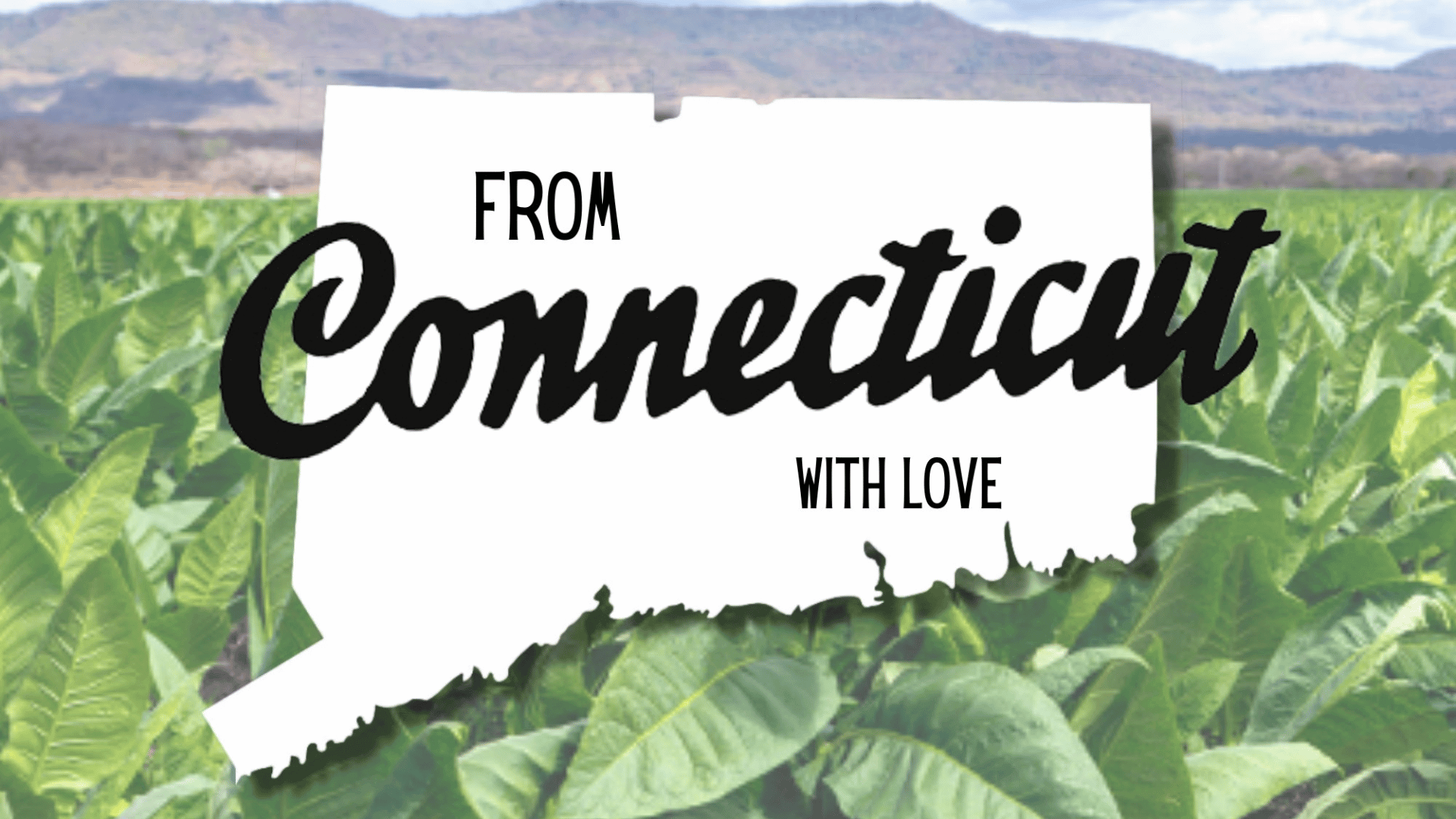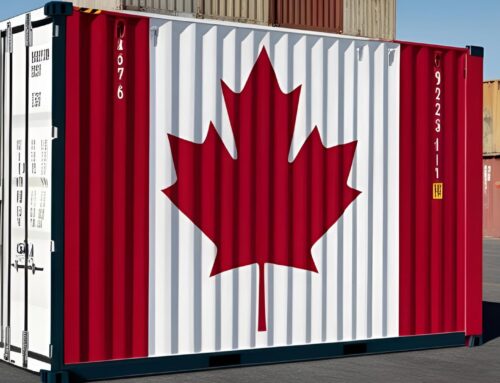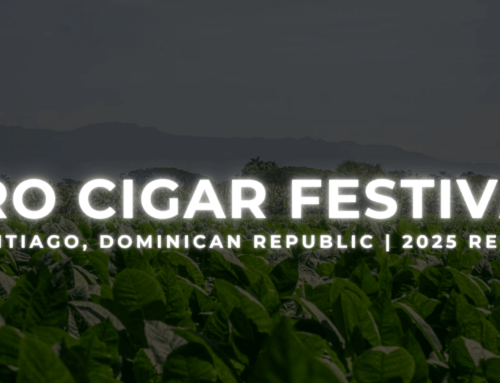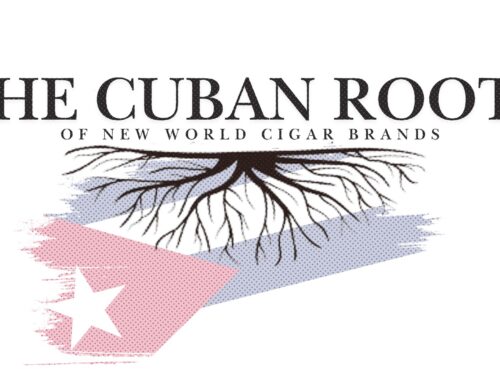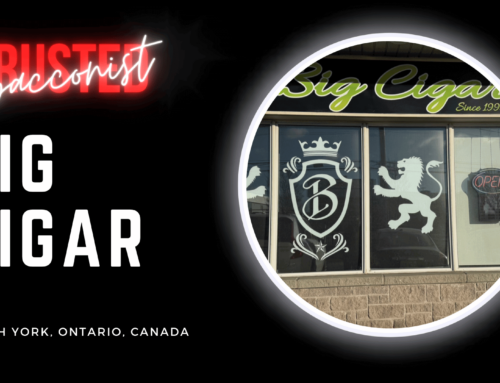Tobacco has a long history in Connecticut, USA. Today it is produced within not only the U.S. state, but also in other countries where it is grown from Connecticut-derived seed.
A Brief History
When the first European settlers first came to the Connecticut River Valley (situated on the outskirts of Hartford today), tobacco was already being grown and consumed by the local Indigenous people who were smoking it in pipes.
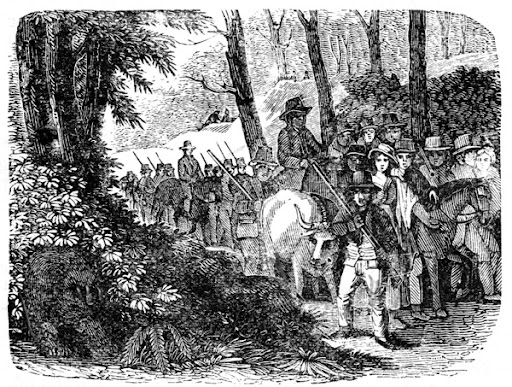
Illustration of settlers arriving in Connecticut (source US History Images)
Tobacco cultivation as we know it today was first introduced to the region in the early 17th century by Dutch settlers. The earliest Connecticut tobacco variety was known as “shoestring”, and its initial seeds were brought in from Virginia. It was chiefly used in pipes, but was also brewed and consumed as a tea, largely by English settlers.
Established in 1788, Connecticut was fifth among the original thirteen states to join the Union.
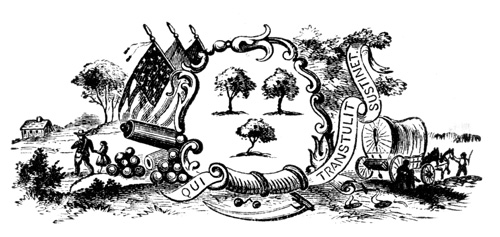
Coat of Arms of Connecticut
By the 19th century, Connecticut had become a prominent tobacco-growing state, with the River Valley becoming particularly renowned for its fertile sandy loam soil composition, ideal climate, and ready supply of fresh water – perfect for producing high-quality tobacco leaves.
By 1910, tobacco was the leading agricultural commodity in the Connecticut River Valley. It helped reshape the landscape and identity of the region. This was especially true when it came to shade-grown tobacco.
Today, Connecticut is known for producing two main types of tobacco: Connecticut Broadleaf and Connecticut Shade.
Connecticut Broadleaf and Connecticut Shade
Today, many premium cigar brands incorporate Connecticut tobacco in their blends. Though many think that all Connecticut tobacco is mild in strength and character, this is not always the case.
Connecticut Broadleaf tobacco, which replaced the Shoestring variety, was the dominant tobacco crop up until the beginning of the 1900s. Typically grown in direct sunlight, it is a short, broad, frumpy-looking plant with very wide, thick leaves – hence the name ‘Broadleaf’.
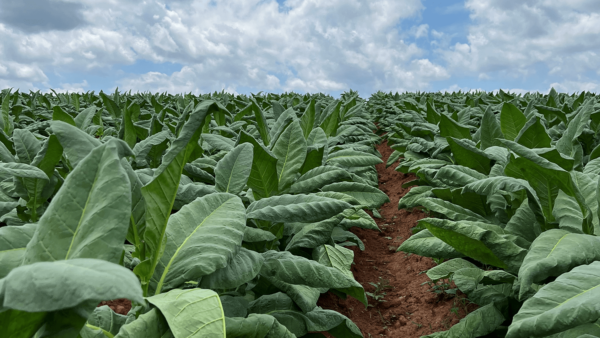
A Connecticut Broadleaf field, Connecticut, USA
Direct sun exposure results in thicker and darker leaves that exhibit big thick veins. When incorporated into a cigar blend, the Broafleaf imparts a rich, meaty flavor.
Examples of cigars that utilize Connecticut Broadleaf in their blend include Drew Estate Liga Privada No. 9, Arturo Fuente Anejo, and Tatuaje Black Label. Cigars such as these use Connecticut Broadleaf wrappers to deliver a bolder and richer smoking experience, thus appealing to enthusiasts of robust, full-bodied flavors.
Broadleaf is also used for binder and filler tobacco.
Conversely, Connecticut Shade tobacco is grown under cheesecloth tents to sheild from direct sunlight.
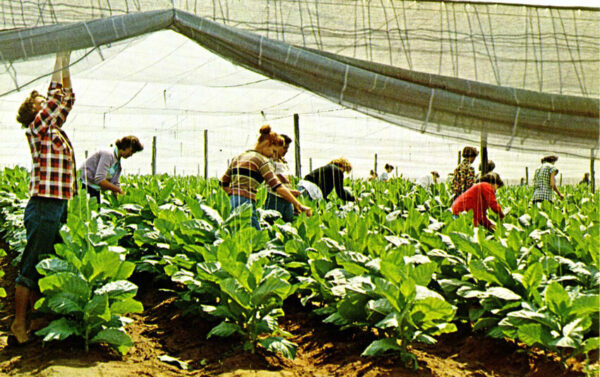
Providing covering to Connecticut Shade tobacco in the 1970s
The result is thinner, elegant, and more delicate leaves with barely noticeable veins that contribute to a milder flavor and a smoother smoke in a cigar blend. Connecticut shade wrapper is typically golden-brown in color, has less-noticeable veins than Broadleaf, and is revered for its mild, neutral flavors.
It is also more expensive.
Examples of cigars that use Connecticut Shade include Ashton Classic, Arturo Fuente Chateau Fuente, and the Montecristo White Series. Cigars like these incorporate a Connecticut Shade wrapper to deliver a mild, smooth, and creamy smoking experience.

An Ashton Classic Churchill
“The Connecticut is a great blending wrapper. It brings a little more enthusiasm to blends, as well as a creaminess” states Quesada Cigars’ patriarch, Manuel Quesada as he speaks about the Connecticut Shade wrapper used in his Casa Magna Connecticut cigar. “I have always favored the Connecticut wrapper, and even more so after they started growing them in Ecuador”.
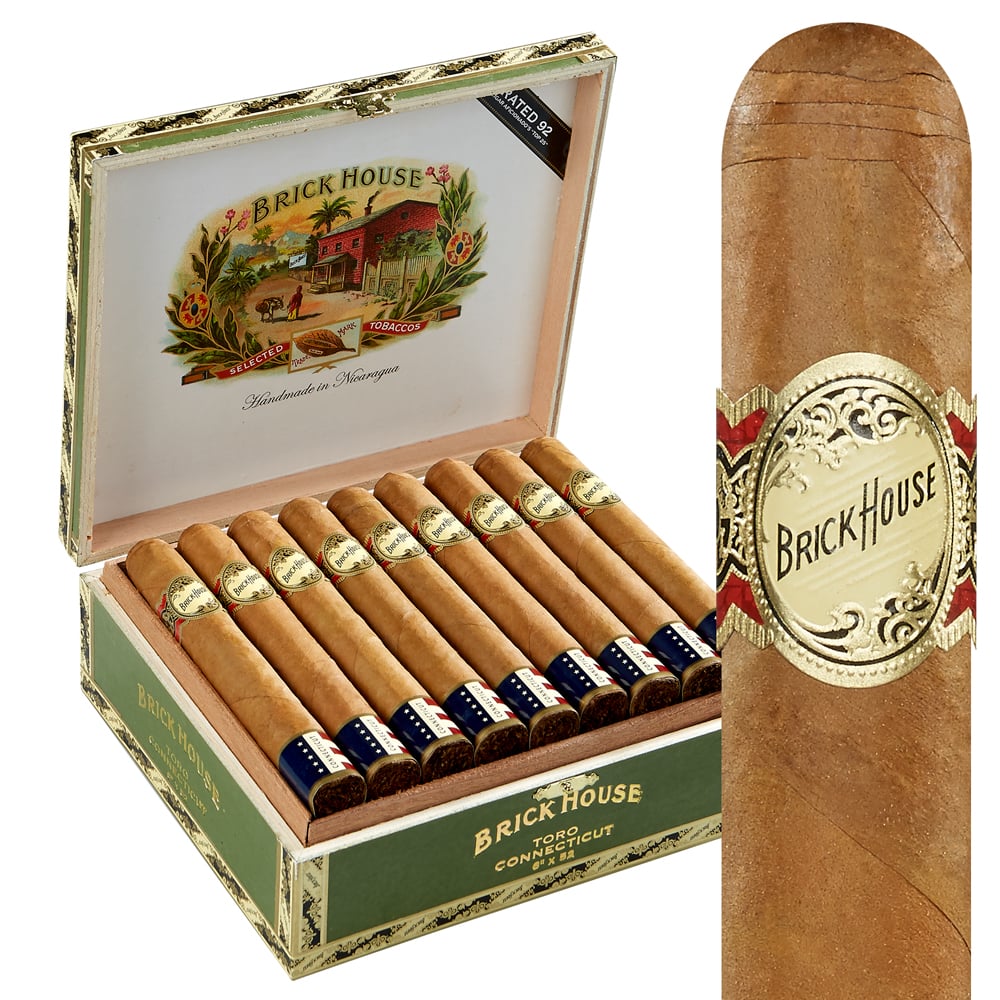
CIGAR PROFILE: Brick House Double Connecticut
Handmade in Nicaragua, The J.C. Newman Brickhouse Double Connecticut cigar has the best of both worlds, as it utilizes not only a golden-brown Connecticut Shade wrapper but also a Connecticut Broadleaf binder on top of Nicaraguan fillers. It is the only known cigar in the industry to use both types of USA-grown Connecticut tobacco.
Ecuadorian Connecticut
In the 19th century, Ecuadorian farmers discovered that tobacco could be effectively grown within the cloud-covered, high altitudes of the region from seed imported from Connecticut, USA .
Although the flavours aren’t exactly the same, today Ecuadorian Connecticut is found to be more cost-effective to produce than the Connecticut River Valley-grown varieties. It has become increasingly valued by cigar makers for its flavor, reduced cost, as well as its texture.
Like many other cigar makers, Manuel Quesada deems Ecuadorian Connecticut to be more durable and easier to work with: “Ecuadorian Connecticut is not as difficult to blend as the Connecticut from the Valley in the United States. That Connecticut needs a little more care.”
The combination of Connecticut seed and Ecuadorian soil and climate result in tobacco with exceptional taste, aroma, and burning qualities, making it a preferred choice for many cigar makers and enthuiasiasts alike.
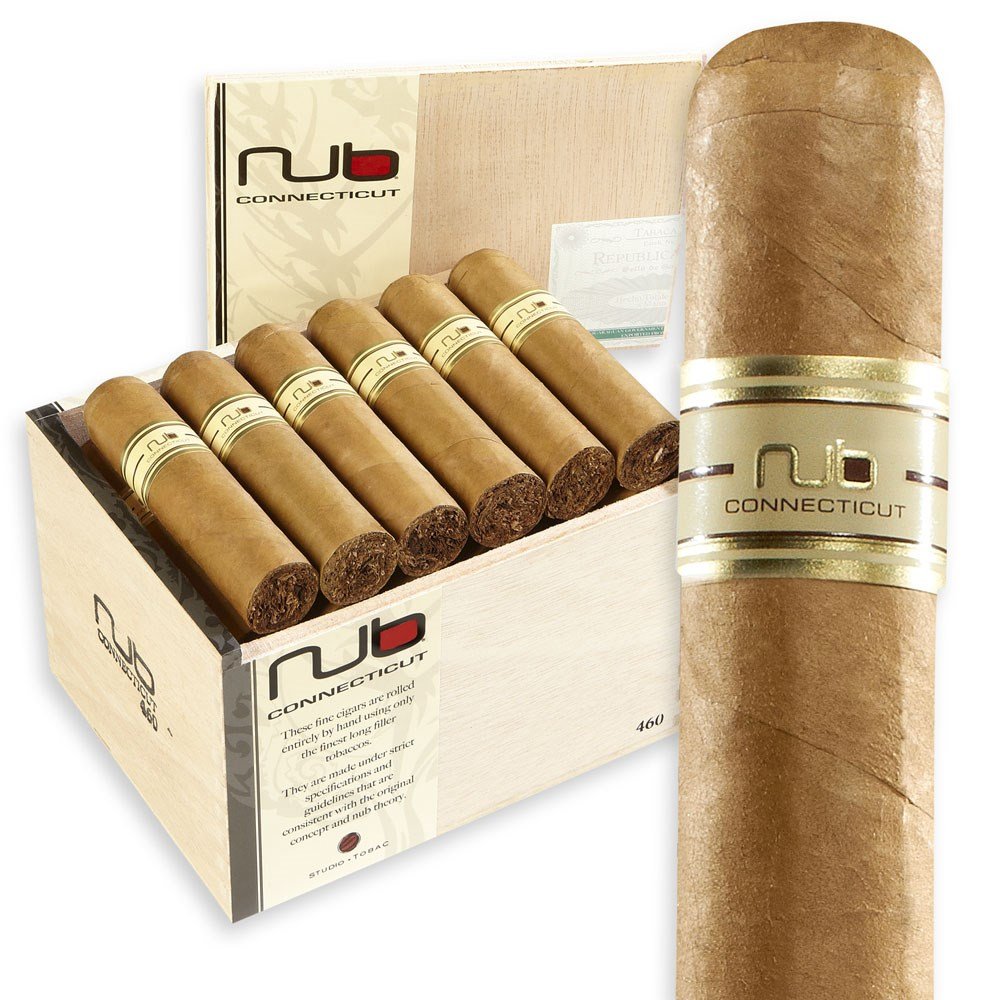
CIGAR PROFILE: NUB Connecticut
With a silky-smooth Ecuadorian Connecticut wrapper, the Nub Connecticut is mellow and creamy to start, with a rich, somewhat sweet core. The aftertaste is toasty, but crisp. Toasted cedar through the nose. Medium-bodied with a rich, milky texture.
These days, hearing the word “Connecticut” when associated with a cigar doesn’t necessairly mean that the tobacco used was grown in the USA. In fact, more often than not, it is Ecuadorian Connecticut tobacco that is used in blends.
It is also grown in locations such as Honduras, Nicaragua and Brazil.
Growing tobacco in Connecticut is very labor-intensive and has become very costly. Over the years, USA connecticut tobacco has faced many challenges, including the development of more cost-effective wrappers grown elsewhere, as well as the invention of Homogenized Tobacco Leaf that is used for binders and wrappers on machine-made cigars.
Tobacco fields and barns once occupied vast acreages of Connecticut. Today, tobacco occupies a small fraction of what it once was at its highest peak, which is said to have been in the 1930s.
Regardless of the origin, Connecticut tobacco is enjoying a renaissance as of late, with cigar makers and aficionados alike turning to the smooth character of Connecticut Shade, or opting for some robust complexity a la Connecticut Broadleaf.
